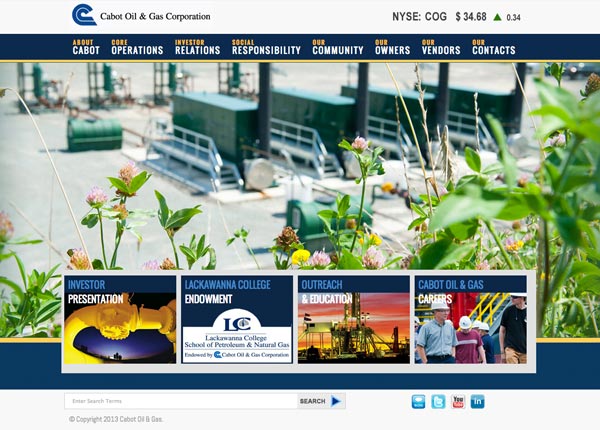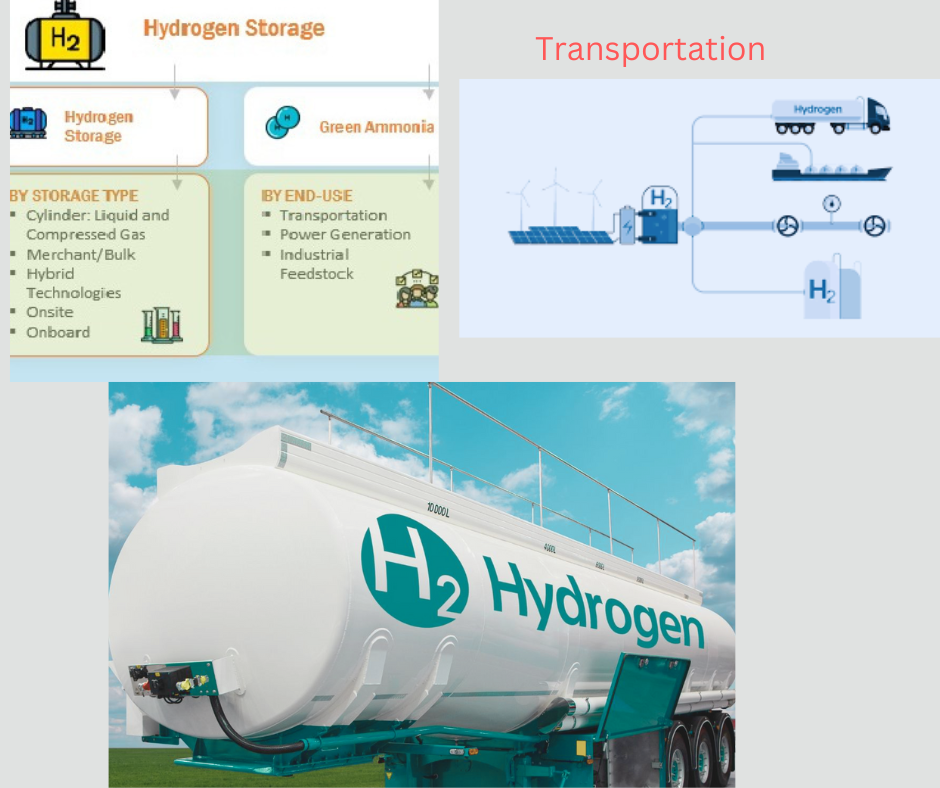In the ever-evolving digital landscape, having a responsive website is no longer just a trendy option; it’s a necessity. For businesses in the oil and gas industry, a responsive website can be a game-changer. In this article, we will explore the significance of responsive website design for oil and gas companies and how it can drive success in the sector.
Why Responsive Website Design Matters
A responsive website design is one that adapts and functions seamlessly on various devices and screen sizes, including desktops, laptops, tablets, and smartphones. It ensures that your website’s content, images, and functionality are consistent and easily accessible across all platforms. Now, you might wonder why this is especially important for oil and gas companies.
-
Accessibility: Accessibility is a crucial factor in the oil and gas industry. Your stakeholders, clients, and partners can be anywhere in the world, and they access your website from different devices. A responsive design ensures that everyone can access your website easily, regardless of the device they use.
-
Improved User Experience: A responsive website provides an optimal user experience. It means that visitors can navigate your site, view content, and interact with your services or products without any frustrating obstacles. This positive experience can lead to higher engagement and customer satisfaction.
-
SEO Benefits: Search engines like Google favor responsive websites. Google uses mobile-friendliness as a ranking factor. So, a responsive design can positively impact your search engine ranking, making your website more discoverable to potential clients.
-
Increased Mobile Usage: The oil and gas industry is no exception to the global trend of increased mobile device usage. Many industry professionals use mobile devices in the field, making it crucial to have a website that functions flawlessly on their smartphones.
-
Competitive Advantage: In a competitive industry like oil and gas, staying ahead of the curve can be a significant advantage. A responsive website design sets you apart from competitors with outdated, non-responsive websites. It shows that you’re committed to providing the best online experience for your audience.
Key Features of Responsive Website Design for Oil and Gas Companies
-
Scalable Images: Responsive design includes images that scale based on the screen size. This ensures that high-resolution images look great on large screens and don’t slow down the loading time on smaller screens.
-
Fluid Layouts: The layout of the website should be fluid, meaning it adapts to the screen size without horizontal scrolling. This prevents a disjointed user experience on smaller screens.
-
Fast Loading Times: In the oil and gas industry, where professionals rely on quick access to information, a responsive website must load swiftly. Slow-loading sites can frustrate users and impact your bounce rate.
-
Easy Navigation: Navigation menus should be accessible and user-friendly on all devices. Drop-down menus and buttons should be designed for both mouse and touch interactions.
-
Touch-Friendly Design: With the increased use of touchscreens, it’s crucial to ensure that buttons and links are appropriately sized for touch interactions. Users should be able to click on elements with ease, even on smaller screens.
Challenges and Considerations
While responsive website design offers numerous benefits, it does come with its challenges, especially for oil and gas companies. Here are some considerations:
-
Data Security: Oil and gas companies often deal with sensitive information. Security must be a top priority when designing a responsive website to protect against cyber threats.
-
Complexity: Implementing responsive design can be more complex than creating a static website. It may require additional testing and development time, but the benefits outweigh the challenges.
-
Cost: A responsive website design may involve a higher initial investment compared to a non-responsive design. However, it pays off in the long run by attracting more clients and improving SEO.
-
Maintenance: Regular maintenance is essential to ensure that your responsive website remains up-to-date and functions correctly as new devices and screen sizes emerge.
Conclusion
In the oil and gas industry, a responsive website design is not just a buzzword – it’s a necessity for success. With the industry’s global reach and the increasing reliance on mobile devices, having a website that adapts to all screens is essential. It improves accessibility, user experience, and can give you a competitive edge in a competitive market. As technology continues to advance, staying responsive is key to remaining relevant and successful in the Website Design & Development For Oil And Gas Industry.





